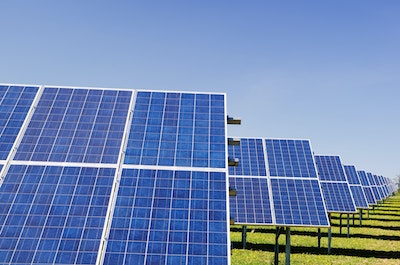Findings:
- Close integration of global clean energy technology has benefited U.S. consumers and clean energy deployment. Estimated cost savings from China’s participation in the global solar sector are in the range $20-$30 billion over 2008-2020.
- Manufacturing incentives through policies such as the Inflation Reduction Act, not tariffs, have been responsible for the U.S. clean energy manufacturing renaissance in the past several years. Punitive trade measures have been effectively countered by global value chains.
- China’s leading clean energy firms, especially in solar, batteries and electric vehicles, are looking to invest in and/or bring technology to the U.S., which would help relative latecomer U.S. firms and communities reach the global technological frontier. However, these collaborations face an uncertain legal environment, and there are no consistent practices for calibrating national security and supply chain risks.
Recommendations:
- The U.S. should reduce barriers to clean energy foreign direct investment and technology use and transfer agreements with Chinese firms. The U.S. government should establish a streamlined vetting process to encourage adoption of leading technology and suppliers and establish targeted processes to mitigate security risks. Protracted trade remedies should be used sparingly, in service of creating globally competitive firms.
- Washington should take steps to incentivize high returns to U.S. production and workers in all clean technology collaborations. Technology sharing and use agreements should be encouraged as a form of “reverse technology transfer” that reduces import dependencies. Investment collaborations should set high local labor requirements, such as exceeding prevailing wages and worker protections.
- U.S. trade authorities should review and update trade measures across clean energy supply chains. A thorough review of successes and failures is needed, considering the type of trade measure, nature of the technology, location in the value chain, and likelihood for retaliation. As more U.S.-based clean energy manufacturing firms develop, the consequences of restricting global supplier networks should be carefully monitored and policies adjusted.
Recommended citation:
Davidson, M. R. (2025). U.S.-China Clean Energy Race: Accelerating Innovation, Manufacturing and Adoption (Working Paper). Penn Project on Future of U.S.-China Relations. Retrieved from https://web.sas.upenn.edu/future-of-us-china-relations/climate-and-environment/

